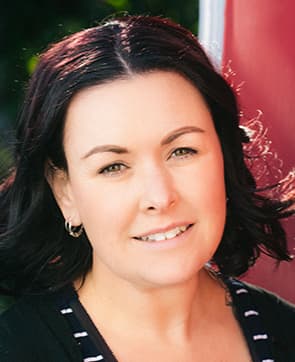Changing the face of the pāua industry

Jeremy Cooper, left, and Storm Stanley with the Minister for Oceans and Fisheries Award. Photo: Supplied.
A Nelsonian who has helped change the way the commercial pāua industry operates has been acknowledged for his dedication to fisheries.
Nelsonian Jeremy Cooper, along with Storm Stanley, were awarded for their four decades of “substantial and meaningful” contribution to the pāua industry at this years’ New Zealand Seafood Sustainability Awards.
The Pāua Industry Council, of which Jeremy is founder and chief executive, along with Storm, who chairs the council’s board, were together acknowledged for their work which has seen the fishery flourish in the face of enormous challenges.
The Pāua Industry Council (PIC) received the Minister for Oceans and Fisheries Award at the ceremony at Parliament on June 6.
Jeremy, who became involved through his commercial pāua quota ownership decades ago, says he found himself going to industry meetings and disagreeing with those who said they just wanted to harvest.
“I’m a farmer and farmer’s think differently. With agriculture there’s a whole lot of management regimes you can employ, you look at each paddock individually.
“With my farming hat on I’d go to meetings and say ‘but, but, but’, and slowly I got more involved.”
Jeremy says it is this way of thinking that they have instilled in the industry over the past 20 years.
New Zealand’s pāua industry has always been managed with a country-wide approach by Ministry for Primary Industries (MPI), but Jeremy has worked hard to get those within the industry to look at it “paddock-by-paddock”.
After years of research to better understand how pāua live and grow, Jeremy says they now have the ability to do things like take slow-growing fish and move them to faster-growing areas.
Understanding the different geological growth patterns has also helped the industry implement voluntary size and catch limits for commercial harvesters.
The minimum legal size to harvest blackfoot pāua in New Zealand is 125mm, but Jeremy says in some parts of the country that means taking them before they have had a chance to spawn.
“Most of the upper North Island pāua die of old age because they never get to 125mm. Down on Stewart Island, they’re only just starting to spawn, and we’re allowed to legally catch them.
“As an industry, what we’ve done is voluntarily lift our size limits, so Stewart Island is 140mm.”
He says PIC systems now mean there is more data and reporting which has, in turn, led to more understanding and buy-in from everyone.
“Our commercial guys go out and they’ve got to electronically report where they were, how much they caught, who was diving, how long they spent in the water, plus their boats have to send a satellite signal to MPI every 10 minutes, so everybody knows where everyone is and what’s happening. There’s no bullshit, no skullduggery.”
Jeremy says pāua harvesters in the Chatham Islands are the best example of how the industry has changed.
“Chatham Islands were the cowboys but now they realise how important their industry is - it’s their only income probably - so if they look after it, they’ve got longevity, they’ve got sustainability. Those guys have turned, they’re the absolute best example.”
He says a huge part of their work has been involving the industry players from the bottom up and Chathams operators have been at the forefront.
“The Chatham Islands guys have been a revelation. They have their paddocks, and they all get round as harvesters and work out how much can come out of that paddock each year, then they come along to the AGMs and tell the quota owners ‘this is what we think you should take off each of your paddocks’. As soon as that’s come out, it’s closed. Some of the areas were closed the second week after the start of the season in October, that’s just so cool.”
Jeremy says, currently quota owners in the Chathams are taking roughly 40 per cent less than their entitlement because of the harvesters’ advice.

Episode 09 - Loving life with The Giants and chasing his NBA dreams — The Nelson Pod
“And everyone is 100 per cent on board. They’ve realised we’ve reached a position now where the fishery is rebuilding, the fish are getting bigger - which is better for us exporting - so everyone’s happy. You’ve just got to be patient.”
And he says, while it may have taken 20 years, MPI and scientists are saying – ‘they’re making a difference, they’re doing it right’.
“But there’s still so much more we can do.”
